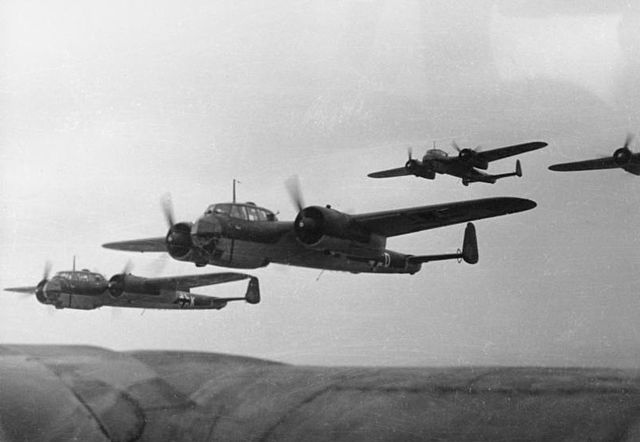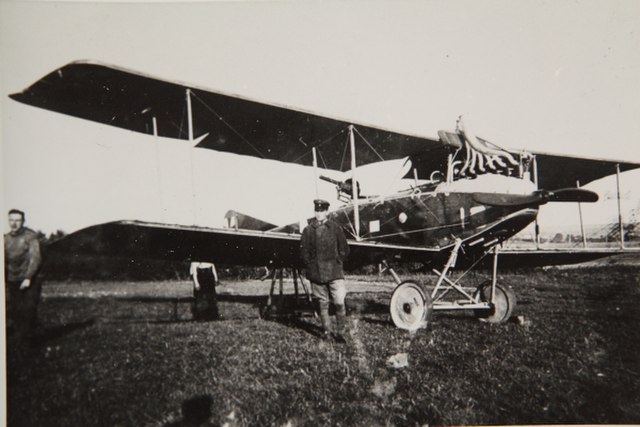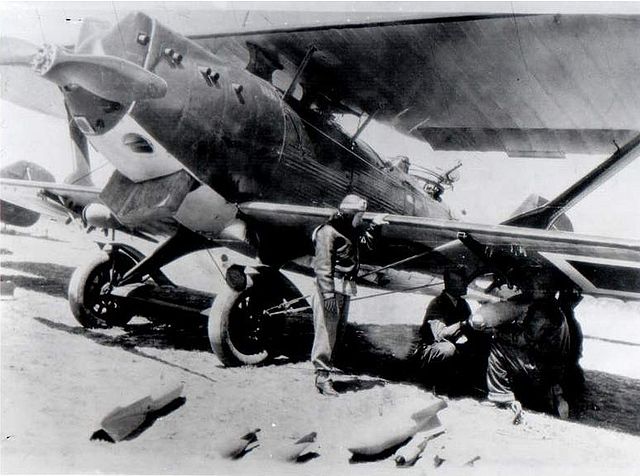The Dornier Do 17 is a twin-engined light bomber produced by Dornier Flugzeugwerke for the German Luftwaffe during World War II. Designed in the early 1930s as a Schnellbomber intended to be fast enough to outrun opposing aircraft, the lightly built craft had a twin tail and "shoulder wing". Sometimes referred to as the Fliegender Bleistift or the Eversharp it was popular among its crews due to its handling, especially at low altitude, which made the Do 17 harder to hit than other German bombers.
Dornier Do 17
The Do 17 carried a single pilot; to his right sat one of two dedicated gunners
FuG 10 radio set
Dornier Do 17E somewhere in Sicily with DFS 230 gliders, 1943
A light bomber is a relatively small and fast type of military bomber aircraft that was primarily employed before the 1950s. Such aircraft would typically not carry more than one ton of ordnance.
Circa 1937. The single-engine PZL.23 Karaś was the main light bomber used by Polish forces at the beginning of World War II.
1943. A twin-engine Lockheed Hudson of No. 2 Squadron RAAF. Its crew and ground staff pose for the photographer, prior to loading the Hudson with its bomb load in the foreground.
An Albatros C.III of the German Luftstreitkräfte, circa 1916. While it was designed as a "armed reconnaissance" type, the C.III was also a light bomber of World War I.
1937. Turkish air force pilot Sabiha Gökçen inspects her Breguet 19 as it is loaded with bombs.








